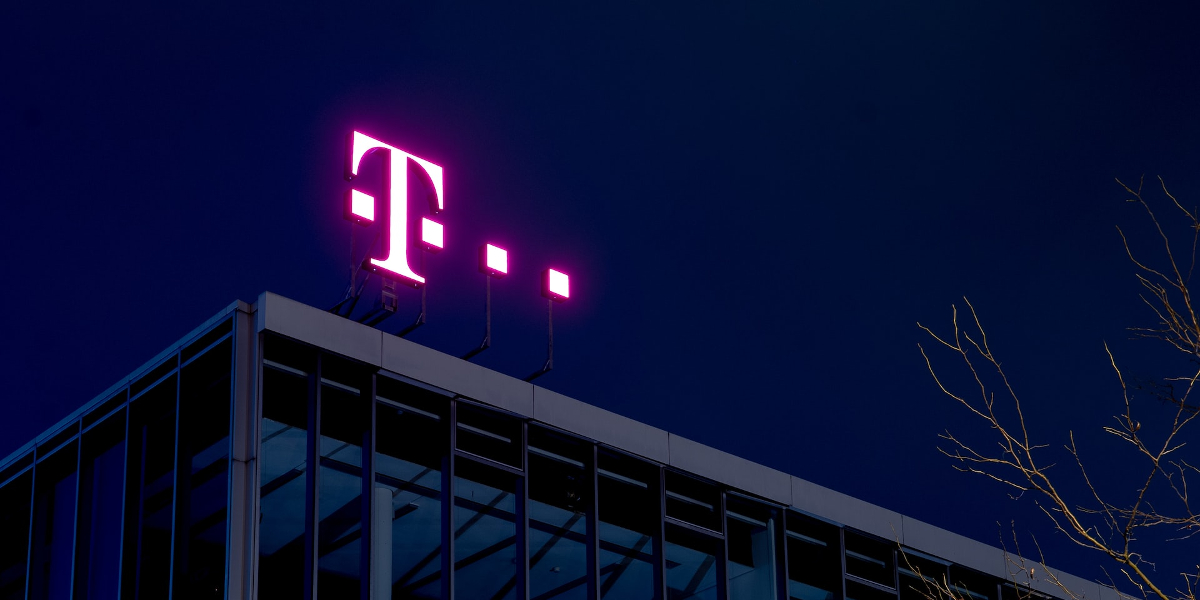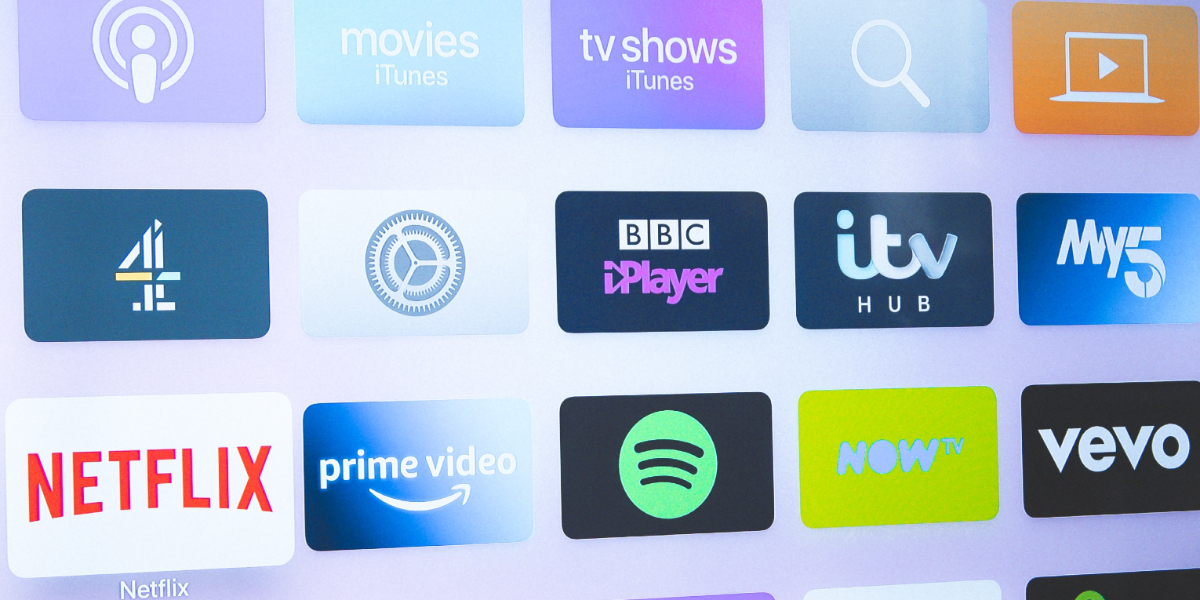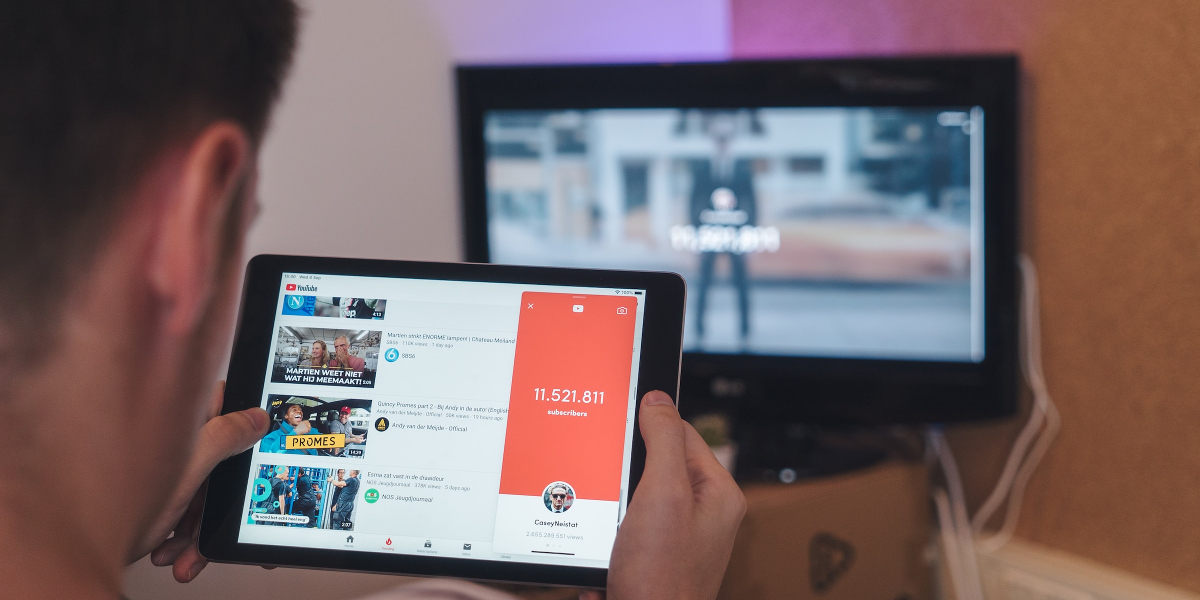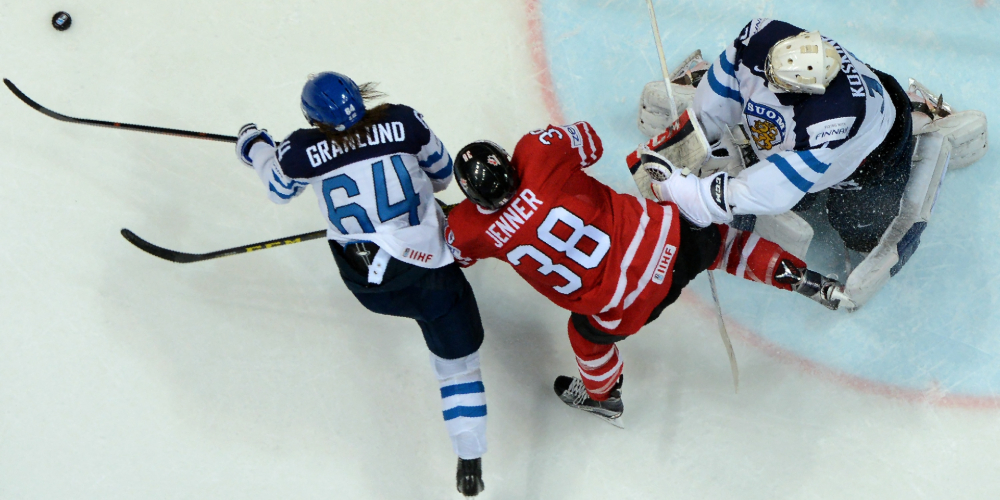As short-form video platforms like YouTube bring their content onto the big screen, and start to position themselves as competitors for TV budgets, broadcasters really have two options. The first is to fiercely defend their turf, and fight to maintain the divide between TV broadcasters and other video providers. The second (which isn’t necessarily exclusive from the first) is to play the digital video platforms at their own game, and compete for digital video budgets.
This is a tactic being adopted by Goldbach Media, the advertising sales house majority owned by Swiss media company TX Group, for its ‘Replay Ads’ offering. But interestingly this format was invented in response to an entirely different challenge: the growth of time-shifted viewing.
Time-shifted viewing has grown rapidly over the past three years, says René Wodrich, head of sales at Goldbach Media AG. Roughly 40 percent of viewing is now time-shifted in Switzerland. But this has been a big problem from an advertising point of view, since ad breaks are skippable in catch-up viewing. “We saw a big, big risk and challenge to our core business,” said Wodrich. “It basically meant we had less inventory to sell as a sales house.”
Goldbach’s solution, launched last October, are Replay Ads, which is essentially a selection of ad formats designed specifically for time-shifted viewing.
There are three main formats involved. The first, ‘Start Ads’ is an ad spot which runs when a viewer goes to start time-shifted viewing, essentially a pre-roll before a show or film starts. The second, ‘Fast Forward Ad’, is a small ad break which runs whenever a user fast-forwards through the regular commercial break. This is a short ad break (up to 130 seconds) with just a few ads shown, but it acts as a replacement for the regular ad break. The third, ‘Pause Ads’, is a display format which appears whenever the viewer pauses their time-shifted viewing. These pause ads can include QR codes to drive visits to websites or ecommerce stores, and can be targeted by region.
The idea behind Replay Ads is essentially to claw back ad inventory which has been lost to time-shifted viewing – in a way which doesn’t alienate viewers. Wodrich said that Swiss audiences had gotten used to essentially ad-free time-shifted viewing, and Goldbach had to account for this when designing Replay Ads. In the end, a fairly low percentage changed their viewing habits once Replay Ads were introduced – either moving away from traditional broadcasters to ad-free SVOD providers, or upgrading their subscriptions with traditional TV companies to get ad-free viewing on catch-up.
But Wodrich says this product, designed in response to a major challenge, is now a major opportunity.
“The idea is to make the framework for replay ads available to the whole market, so it’s not just the channels we have in our portfolio, but the the whole market could join as well,” said Wodrich. “It’s open for everybody to join. We think this could also be an opportunity for the whole TV market to grow again, and to compete against the big American companies that are gaining traction and getting more and more budget from advertisers.”
And the nature of these formats means that they can compete for budgets from a wider range of agency teams. “We see this as our counter product to YouTube,” said Wodrich, “because there are lots of similarities between these ad formats and YouTube’s ad formats. But we still have our strength around brand safety and the quality of our content, we still have the USPs associated with TV.”
Evolution on many fronts
Given that replay ads are a big focus for Goldbach, Wodrich says the business is looking to keep evolving the offering. Partly this will involve adding more inventory – both within the channels which Goldbach sells ads on, and for other channels if they begin using the format. Wodrich added that Goldbach is also considering new ad formats which could sit under the Replay Ads umbrella.
Measurement of these ads is also a priority. Wodrich says that measurement data for these formats will be combined with linear TV panel data, essentially adding back in viewers which had been lost to time-shifted viewing.
In fact measurement across linear TV is another area where Goldbach has seen considerable evolution recently. Wodrich said Goldbach had “a revolution” last year, after deals with two of Switzerland’s largest TV distributors gave the company access to viewing data from 200,000 set-top boxes. Out of those, 15,000 are made into virtual panellists, and combined with Kantar’s 4,500 classical TV panellists each day. Wodrich says this has made measurement “way, way, way more precise” than it previously was.
In particular, smaller, more niche channels have been boosted by the change. Switzerland’s TV panel is big according to Wodrich, but not really big enough to accurately capture all viewing, especially for smaller channels. “In Switzerland, the TV market is so segmented since there are so many TV channels,” he said. “Sometimes one channel might have just three or four panellists who would regularly watch, so they were essentially responsible for measurement of that channel, which made it quite volatile in terms of ratings.”
This flood of new set-top box data has helped remedy this. “Some of those smaller channels have gained traction,” said Wodrich, “and it’s good for the whole market and for agencies too. Campaigns have become a lot more stable because we have a much more accurate view of measurement. Furthermore this new art of measuring will be the gateway for measuring Replay Ads.”





